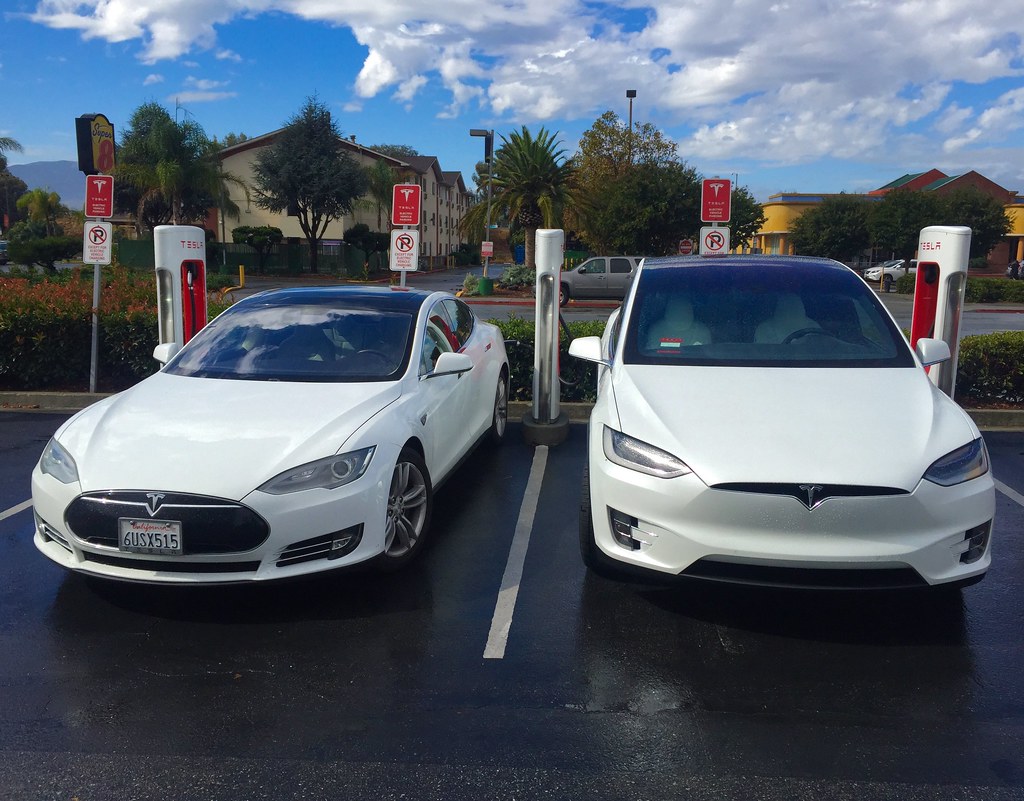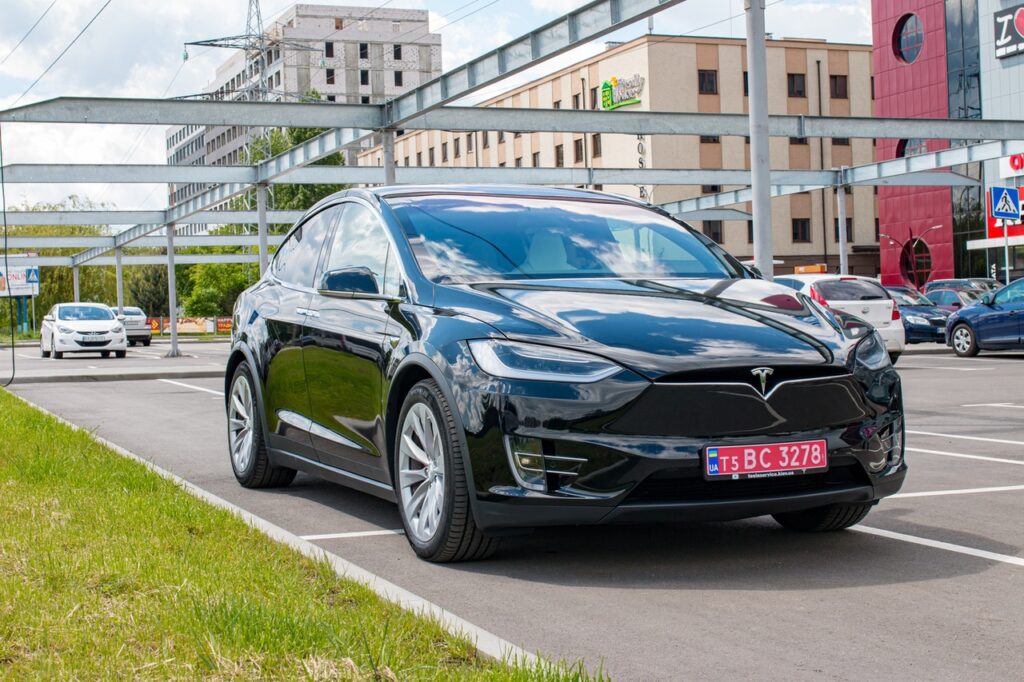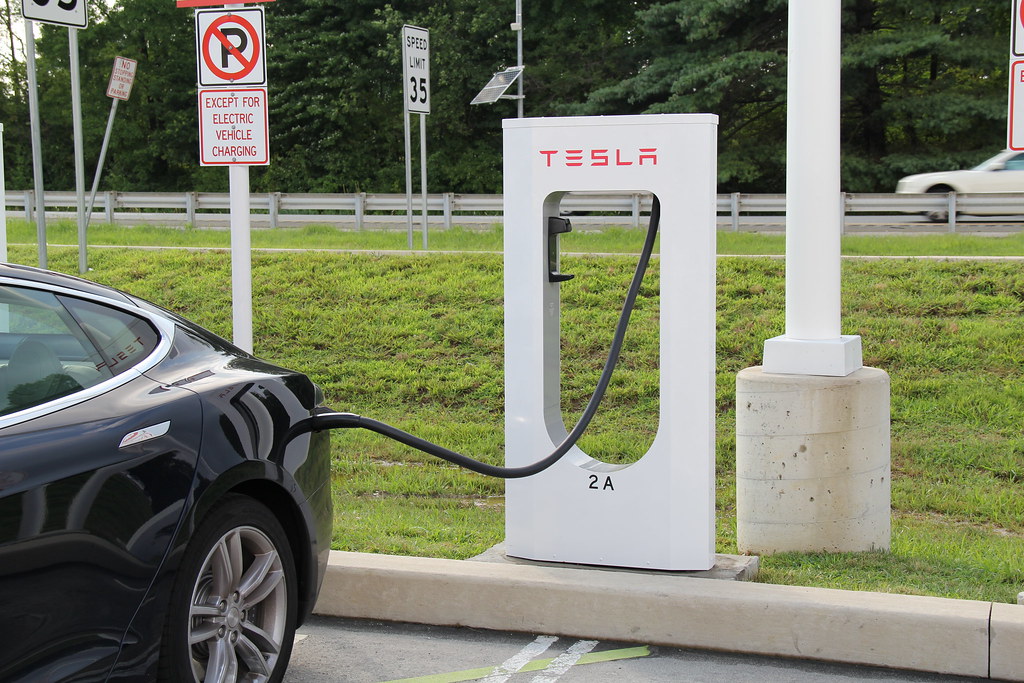
Rechargd.com is reader supported. We may collect a share of sales or other compensation from the links on this page. As an Amazon Associate, we earn from qualifying purchases.
You would think that because water and electricity don’t make the best of bedfellows, charging a Tesla or any electric vehicle for that matter in the wet and rain would probably not be the safest idea you’ve ever had?
Thanks to the leading-edge technology that Tesla has developed, the process for charging a Tesla in the wet and rain is absolutely no different from charging a Tesla on a gorgeous sunny day. It’s perfectly safe to go ahead and charge any model Tesla in the rain as long as you go about it safely and follow the recommended charging instructions.
Is it safe to charge a Tesla in the rain?
Unlike traditional internal combustion engines, electric vehicles like Teslas are powered by an electric motor. The battery that powers the motor is charged with a dedicated plug-in cable that connects it to a charging station or regular wall outlet.
As a result, the high-quality equipment used to charge a Tesla is designed for all weather conditions, has several layers of built-in protection, is insulated and waterproofed.
There should be no safety-related issues.

Each Tesla charging cable and connector undergoes rigorous testing by the Society of Automotive Engineers for almost any weather condition, with the exception being extreme weather conditions such as floods and hurricanes. Furthermore, the electrical current doesn’t start flowing until the car, and the charger makes a sound connection to ensure your safety.
When using a quality charging connector, such as those supplied by Tesla in the rain, there generally are no safety-related issues. As long as the connector is not sitting in a puddle of water or the charging port on the car is covered with snow.
Are there any exceptions?
In most cases, the only real area of concern for charging a Tesla in the rain is not where the connector meets the car but where the charging cable plugs into an outlet or is being used with an extension cable. If there is a need to use a Tesla mobile connector, you always need to make sure all the cables are appropriate for use, are in sound working order, and that any connections are not sat in water.
Is it safe to drive a Tesla in the rain?
Driving a Tesla or any EV in the rain is no different from driving a traditional car. If anything, there is evidence to suggest that because EVs don’t have an air intake, the propulsion system is not affected by being immersed in water like an engine; an EV will perform better than a conventional vehicle when wading through water.
Furthermore, there is no danger of a catastrophic short or electrocuting the passengers because both the drive units and the battery are sealed and waterproofed.
The need for common sense
Of course, whether you’re driving a Tesla or any other car in the rain, the need for common sense still applies. For example, you should never try and drive through flood water. If the road ahead is flooded, turn around and find another route as according to the UK Environment Agency, just 300mm of flowing water is enough to float your car.
Likewise, try to avoid using the traffic-aware cruise control when driving in wet weather. The reasoning behind that is that computers simply can’t identify water-laden roads where the car might hydroplane.
As a result of simply not knowing, the vehicle will maintain speed and throttle no matter the conditions. As a result, the car could hydroplane and possibly lose control. While the traction and stability control will react when things go wrong, it’s always best not to put yourself in that position to start with. So, when you’re driving in the rain, the advice is always to take control of the vehicle yourself.
Tips for driving your Tesla in the rain and wet weather
If you’re planning on driving on a long trip in the rain and wet weather in your Tesla, here are a few tips you should consider to help make sure you arrive safely at your destination.
Before setting off, make sure your tyres are all in good condition and that your windscreen wiper blades are not cracked or damaged. Also, make sure you’ve got all-around good vision, and nothing is blocking your view of the road ahead and behind you.
Once you’re on the road, keep your speed under control. Remember, driving in the rain takes more energy and can affect your range. Ensure there is plenty of stopping distance between you and the vehicle in front. Also, be extra cautious when driving in the first rain after a dry spell and turn your headlights on—daytime running lights aren’t enough. Other road users should see you than you to be sorry.
What to remember when charging your Tesla in the rain
Although Tesla connectors and cables have been designed for outdoor use, you shouldn’t take that for granted or forget that you should still act as though you are in the rain. Tempting fate is never a good thing, so you should always be safe than sorry. As a result, protecting the connector as you plug it into your vehicle, ensuring that you are not taking your sweet time, and allowing water to make its way into any of your car’s compartments should always be a top priority.

